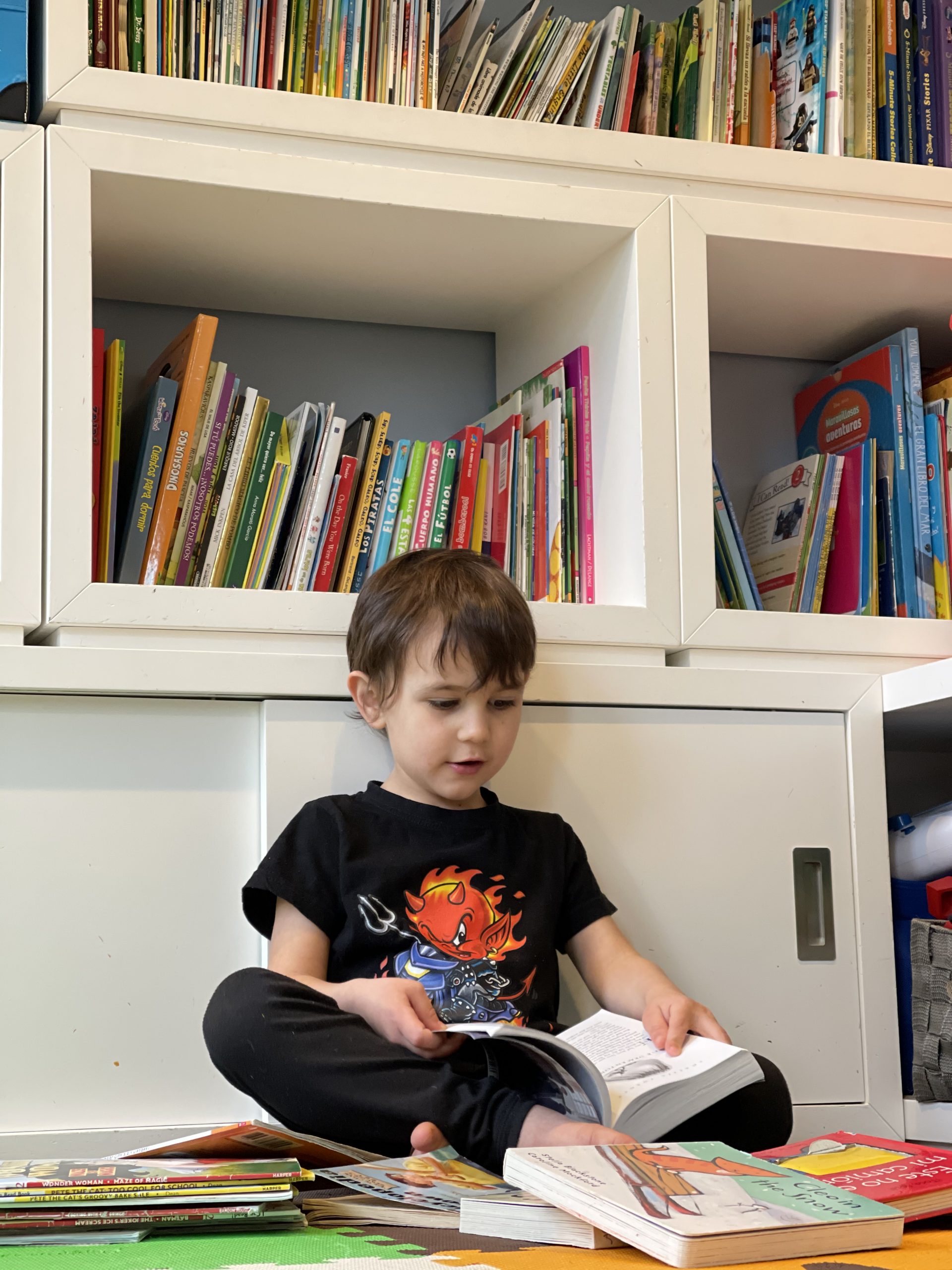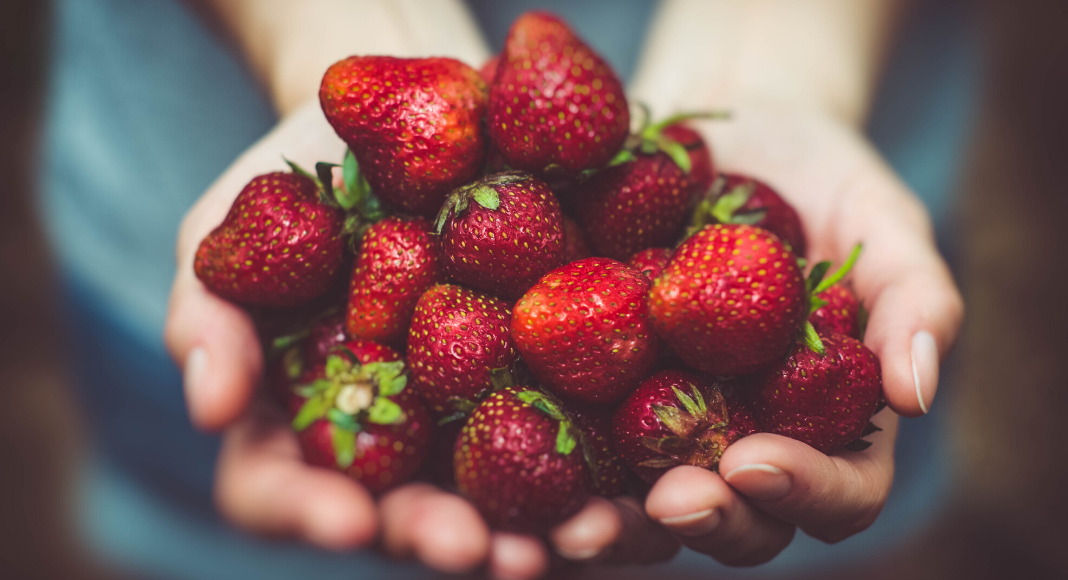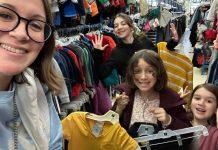
As parents we go through many transitions. Feeding, walking, talking, school, all come with its on challenges and joys. Each brings an overload of information and some decisions on how we are going to approach them. Learning how to read is no different.
My oldest son had a late start in anything academic. He preferred pretend play over anything that had to do with holding a pencil or painting. From 2 to 4 years, all, all he wanted to do was play construction worker. Legos, building blocks, play tools and bob the builder were his life. When given a paper and crayons, he would come up with the weirdest scribble scrabble that even prompted a call to my child psychologist friend. After a meeting with his daycare teacher, we took some steps to set up his play area to promote drawing and coloring, but I had no clue on what to do. Writing didn’t come to him until Kindergarten.
We have family in Europe and they told us to relax. Children there are not taught on how to read and write until kids are 7 years old, which means first or second grade for the US. Luckily we ended at a Montessori school which meant a different approach to learning. A great fit for our child.
Step 1: If you read, they read
If there is one truth about parenting, is that our children model parent behavior. Do you eat a wide variety of food? Then it is very likely that your child will be an adventurous eater. Are you active and exercise? Your child will probably join you in your workouts. Reading is no different. But the problem we have today is how we read. Most of us spend a lot of time online, reading the news, articles, blogs and books. A lot of our reading time happens in front of a screen. Which makes it difficult for kids to notice the difference in screen-time.
As our kids got older, we decided to actively make the change. No more ebooks, and we will find ways to fit reading into our family time. Now, this isn’t time reading to the kids, as we had been doing that already. What this meant was to bring our books close to their play area and read as they played.

Step 2: Build our at home library
Starting a home library was a very easy process. We are extremely fortunate in DC to have a Books from Birth program as part of DC Public Library’s partnership with the Imagination Library (As if we needed another reason to love Dolly Parton). The program sends kids in the DC Area one free book a month from the birth to age 5. Books are carefully selected, age appropriate and very diverse. We kept all books at their reach and they loved taking them out over and over again.
As our libraries grew, we started to have little bookshelves around the house. Making sure to have books in every room of the house. Not the most aesthetic approach but we found that keeping books in different places gave then an option to read at any moment.

Step 3: Curate by stages
As our oldest stated to read, we slowly expanded our library. A key element in the process was to start with books at his reading level. At school, his guide used Primary Phonics. The books are a good foundation for sounds and sight words, building up their confidence and reading strength. We got a copy of the books to keep at home, which he used to revisit during his down time. We also started getting small “I Can Read” books on different levels. Between Target, Costco and the dollar store we built a nice library with a low budget and added some rotation books from our public library.
Building a library that they own has been crucial to giving them opportunities and spaces to read. Just like they enjoy watching Lion Guard and Wild Kratts on repeat, they like revisiting the same books over and over again. So we have decided to keep the begginer level books for a couple more years.
Celebrate reading!
Finishing books is a great achievement. Our school promoted a 100 book challenge where kids logged their daily reading. We found it challenging at the beginning, but as our kid improved his writing it became a natural process. We have also participated in the multiple reading challenges from the DC Library, where we receive fun prices and keep track of the titles we finish. They also have a challenge for parents, so it’s a great way to encourage one another to continue reading. You can also make small celebrations for different milestones, make cookies, order pizza, have ice cream, have a family movie night. Whatever ways you can find to have fun and encourage more reading.
As we celebrate Read Across America, let’s give our kids a gift of imagination and knowledge. Are you ready for the challenge?

This article does contain an Amazon Affiliate Link. If you choose to to purchase through these links, it won’t change your price and a teeny tiny portion would go to support our site and we’d be so grateful!













